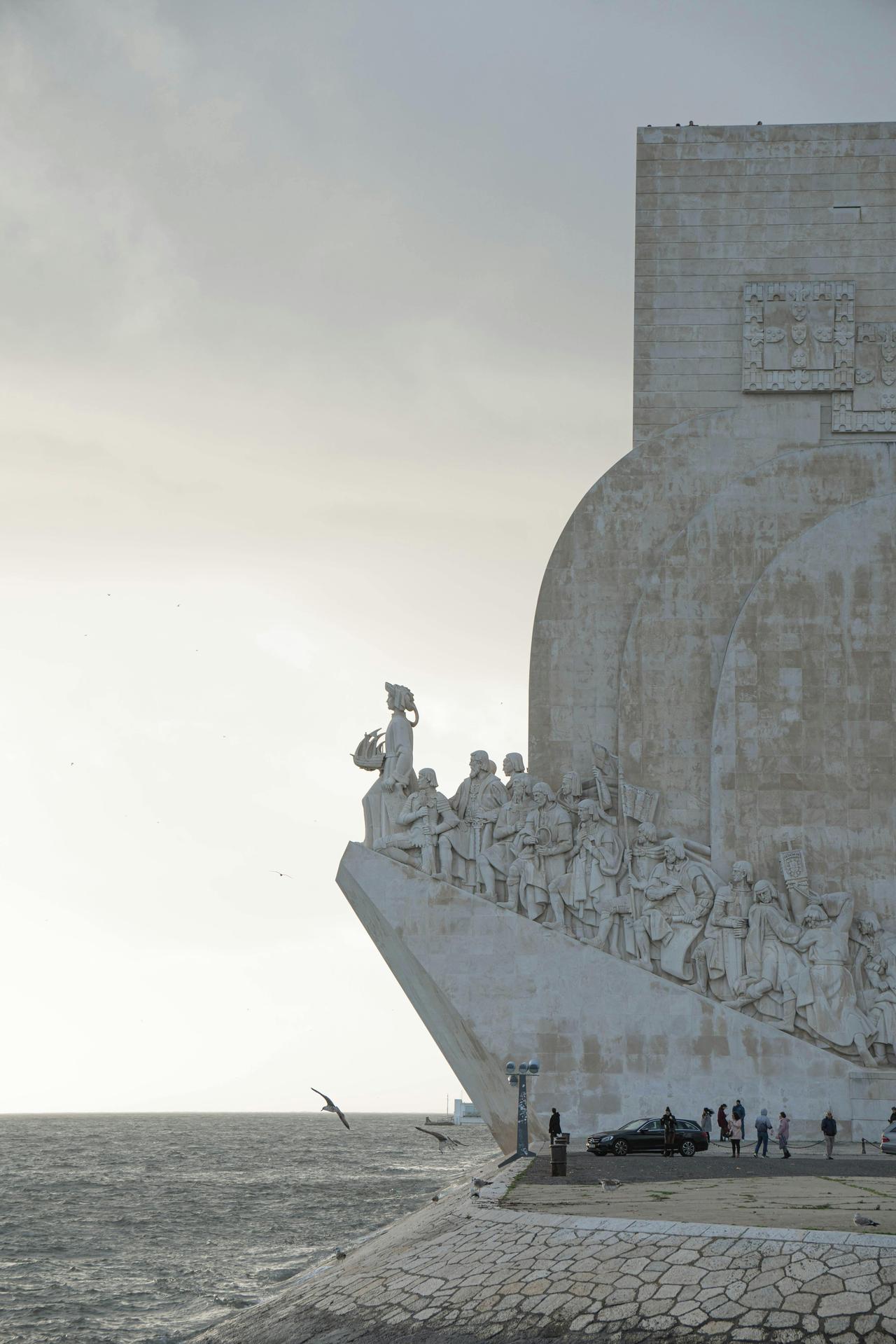Democracy on Hold: The Story of the 2013 Shutdown

The 2013 U.S. Government Shutdown was a significant political and economic event, reflecting deep divisions within the American political landscape. Lasting from October 1 to October 17, 2013, it was the first government shutdown in 17 years and had far-reaching effects on the U.S. economy and public services.
Causes of the 2013 Shutdown
The shutdown was the culmination of longstanding political disagreements, primarily over fiscal policy and healthcare reform.
Budgetary Deadlock
The immediate cause of the shutdown was a deadlock in Congress over the approval of the federal budget for the fiscal year 2014. The Republican-controlled House of Representatives and the Democratic-controlled Senate were unable to agree on the terms of the budget, particularly concerning the funding for the Affordable Care Act (ACA), popularly known as Obamacare.
The Role of the Affordable Care Act
A significant point of contention was the ACA, a major piece of healthcare reform legislation championed by President Barack Obama. Many Republicans sought to defund or delay the implementation of the ACA, leading to a stalemate with Democrats who supported the law.
Impact of the Shutdown
The government shutdown had a wide range of impacts, affecting various sectors of the U.S. economy and government services.
Effects on Government Services
The shutdown led to the furlough of approximately 800,000 federal employees, as non-essential government operations were halted. National parks, museums, and other federal institutions were closed, and many government services were suspended or reduced.
Economic Consequences
The shutdown had a detrimental effect on the U.S. economy. It disrupted economic activity in various sectors, slowed GDP growth, and undermined consumer and business confidence. The cost of the shutdown to the U.S. economy was estimated to be billions of dollars.
Aftermath and Resolution
The shutdown ended with a temporary resolution to the budgetary impasse, but it highlighted deeper issues within U.S. politics and governance.
Short-Term Resolution
The shutdown concluded with the passage of a continuing resolution that temporarily funded the government and suspended the debt ceiling. This allowed for the reopening of government agencies and the return to work of federal employees.
Long-Term Political and Policy Implications
The 2013 U.S. Government Shutdown led to significant public dissatisfaction with the political process and highlighted the need for more effective governance and bipartisan cooperation. It also brought attention to the impacts of political brinkmanship on the economy and public services.
Reflections on Democratic Governance
The shutdown raised important questions about the functioning of democracy in the U.S., the balance of power between different branches of government, and the role of political ideology in shaping fiscal and public policy.
In conclusion, The 2013 U.S. Government Shutdown serves as a notable example of how political deadlock can lead to significant economic disruptions and affect the lives of millions of people. It underscores the importance of compromise and effective governance in the democratic process and highlights the economic and social costs of political impasse. The lessons from this event continue to resonate in discussions about fiscal policy, governance, and the functioning of democratic institutions.
Excited by What You've Read?
There's more where that came from! Sign up now to receive personalized financial insights tailored to your interests.
Stay ahead of the curve - effortlessly.

